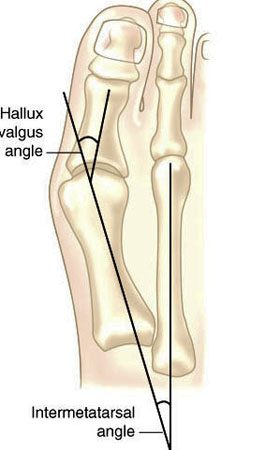Podcast 90: The brain: A deeper look at gait and motor control
/Show sponsors:
www.newbalancechicago.com
Other Gait Guys stuff
A. Server links to the podcast:
http://directory.libsyn.com/episode/index/id/3302518
http://traffic.libsyn.com/thegaitguys/pod_90f.mp3
http://thegaitguys.libsyn.com/90
B. iTunes link:
https://itunes.apple.com/us/podcast/the-gait-guys-podcast/id559864138
C. Gait Guys online /download store (National Shoe Fit Certification and more !) :
http://store.payloadz.com/results/results.aspx?m=80204
D. other web based Gait Guys lectures:
Monthly lectures at : www.onlinece.com type in Dr. Waerlop or Dr. Allen, ”Biomechanics”
Our Book: Pedographs and Gait Analysis and Clinical Case Studies
electronic copies available here:
Amazon/Kindle:
http://www.amazon.com/Pedographs-Gait-Analysis-Clinical-Studies-ebook/dp/B00AC18M3E
Barnes and Noble / Nook Reader:
http://www.barnesandnoble.com/w/pedographs-and-gait-analysis-ivo-waerlop-and-shawn-allen/1112754833?ean=9781466953895
https://itunes.apple.com/us/book/pedographs-and-gait-analysis/id554516085?mt=11
Hardcopy available from our publisher:
http://bookstore.trafford.com/Products/SKU-000155825/Pedographs-and-Gait-Analysis.aspx
Show notes:
Researchers Identify Important Control Mechanisms for Walking
http://neurosciencenews.com/spinal-cord-activation-neurology-walking-1698/
“Using statistical methods, we were able to identify a small number of basic patterns that underlie muscle activities in the legs and control periodic activation or deactivation of muscles to produce cyclical movements, such as those associated with walking
People watching: Different brain pathways responsible for person, movement recognition
http://medicalxpress.com/news/2015-01-people-brain-pathways-responsible-person.html
Each time you see a person that you know, your brain seemingly effortlessly and immediately recognizes that person by his or her face and body. Just as easily, your brain understands a person’s movements, allowing you to perform critical skills such as interpreting social cues, detecting threats and determining the difference between skipping and jumping.
http://news360.com/article/273798702/#
Published in the Journal of Neuroscience,
How Rotation gets you dorsiflexion: Easy solutions for ankle mobility
Wedges: http://www.footfoundation.com/
Its hard to change the neurology of engrained habits……..
Neuromuscular Exercise Post Partial Medial Meniscectomy: Randomized Controlled Trial.
Hall M1, Hinman RS, Wrigley TV, Roos EM, Hodges PW, Staples MP, Bennell KL.
Journal Med Sci Sports Exerc. 2014 Dec 23. [Epub ahead of print]
Doc Martins Boots: Tobias and Curtis
http://www.journeys.com/product.aspx?id=243165&green=157F2C73-F732-5ACF-AC09-89894E6EE1F1
Tobias and Curtis
Joseph Zeni, Jr.1,2 et al
http://onlinelibrary.wiley.com/doi/10.1002/jor.22772/abstract;jsessionid=E0C246BA281C71A4124C03FEB608C474.f02t02
VAncouver Gait course: http://twinbridgesphysiotherapy.com/courses-events/foot-and-gait-course/


































